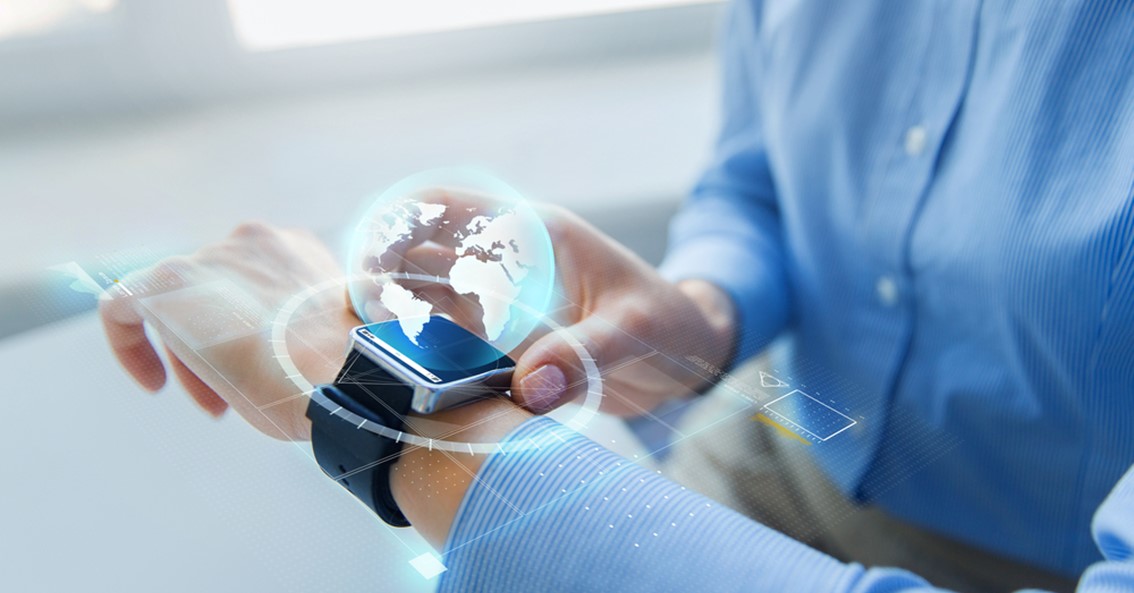Wearable devices are a fast-growing portion of the tech market. Decades ago, these were relegated to certain health monitoring machines and medical alert pendants like life alert systems for seniors. The field has come a long way since.
We’re seeing a rapid growth of both the kinds of tech wearables available and what they’re capable of. Global News Wire reports that the worldwide wearable tech market of 2022 is a $115 billion (USD) industry. By 2028, this is expected to more than triple, ballooning into a $380 billion market.
This growth is being driven by many factors. Two of the big ones include the general availability of affordable tech and societal changes from the Covid-19 pandemic. From hospitals to the hospitality industry, companies are starting to invest in wearables on a big scale. These valuable tools have the potential to protect employees while increasing efficiency.
click here – What is workplace burnout?
What Are Wearable Devices?
Wearable tech includes any electronic devices designed to be worn on the body. Smartphones are generally excluded from this category. Although you can wear your phone, for instance on an armband while jogging, they aren’t specifically designed for this purpose.
Some common wearable devices include smart watches and fitness trackers, medical alert pendants and bracelets, VR headsets, web-enabled glasses, Bluetooth headsets and remote patient monitoring devices such as oximeters. Samsung is even getting ready to release smart shirts that detect breathing problems. Other manufacturers are developing similar clothing performance trackers.
A Variety of Functions
Many of these devices are highly sophisticated computers that offer multiple functions. These are often more complicated to set up and operate. However, there are some notable exceptions. Many devices meant for seniors, such as fall-detection tech, have a streamlined design and functionality.
There’s a significant crossover here with other target demographics. The principles of good design and intuitive operation can bring wearables into the hands of people of every age group. After all, not everyone’s a tech enthusiast who genuinely loves diving into a massive owner’s manual.
For a real-world example, look at fitness trackers. Many smart watches are being marketed for their fitness-monitoring features, along with many other uses. However, you don’t need to pay a tech giant hundreds of dollars for these functions.
There are dozens of brands creating highly affordable, wrist-worn fitness trackers. These may only do a few things such as monitor heart rate, record steps, and estimate calories burned. They perform these functions reliably and can be operated through simple button presses or an app. This brings the tech into wider use with individuals and businesses.
click here – How would you plan your garage conversion, Granny Annexe?
Meeting a Growing Need
Society has changed in a big way due to the Covid-19 pandemic. The healthcare industry has been under strain for years due to staffing shortages and a growing need for care. When the pandemic hit, this industry embraced remote health monitoring tech on a large scale.
Wearable devices have been a win-win for both sides of the healthcare equation, especially as healthcare evolves around America’s aging population. Care providers can monitor multiple people at once, check in remotely with a few keystrokes, and have patient files updated with minute-by-minute data. Patients, meanwhile, are getting round-the-clock monitoring. Wearable devices can send up an alert if their health metrics fall below a pre-programmed threshold.
This reduces human error. It can also allow medically vulnerable people to stay in their own homes. They can recover from surgery, avoid uncomfortable and risky visits to the hospital, and generally maintain their independence. This is a big win for patients who once might have been confined indefinitely to a care facility.
The pandemic has shifted how millions of Americans shop, creating a huge surge in demand for goods and services delivered right to the door. As lockdowns stretched on, many businesses looked for ways to reduce Covid transmission between employees, which often meant skeleton crews manning the store, people working solo or remotely, and more. All of this added up to one issue: a growing number of employees were working off-premises or alone.
These measures are convenient for customers, but unfortunately come at the cost of reduced employee safety. In fact, surveys suggest that 44% of lone workers in retail and delivery have felt unsafe while doing their job.
Solo and remote workers are some of the hardest hit. Employees working alone in a store or going to a remote address in the middle of the night are placed in a vulnerable position, and companies are exploring the ways to create safer working conditions.
One possible solution is a Mobile Personal Emergency Response System (mPERS). An mPERS functions like a medical alert pendant, although these wearables often have a more subtle appearance. They look like bangles, necklaces, rings, keychain fobs, etc. Many can be programmed for silent mode or vibrations. If the employee does signal for help, that alarm can be sent discreetly. Although an mPERS doesn’t solve every problem, it’s a powerful tool for improving safety on the job.
Technology is developing to meet the rising need for dispersed services. Instead of going to a hospital, store, or office, people increasingly need goods and services to come to them. These logistical challenges, as we see, also present significant human strains. Wearable devices and technologies are a large part of the answer.









